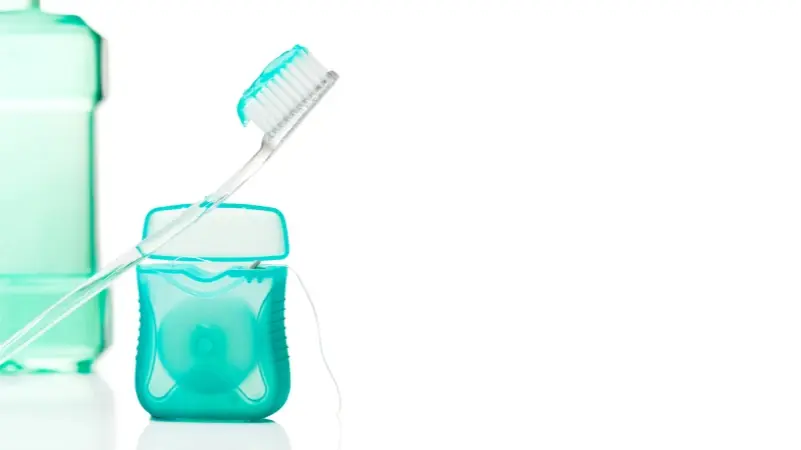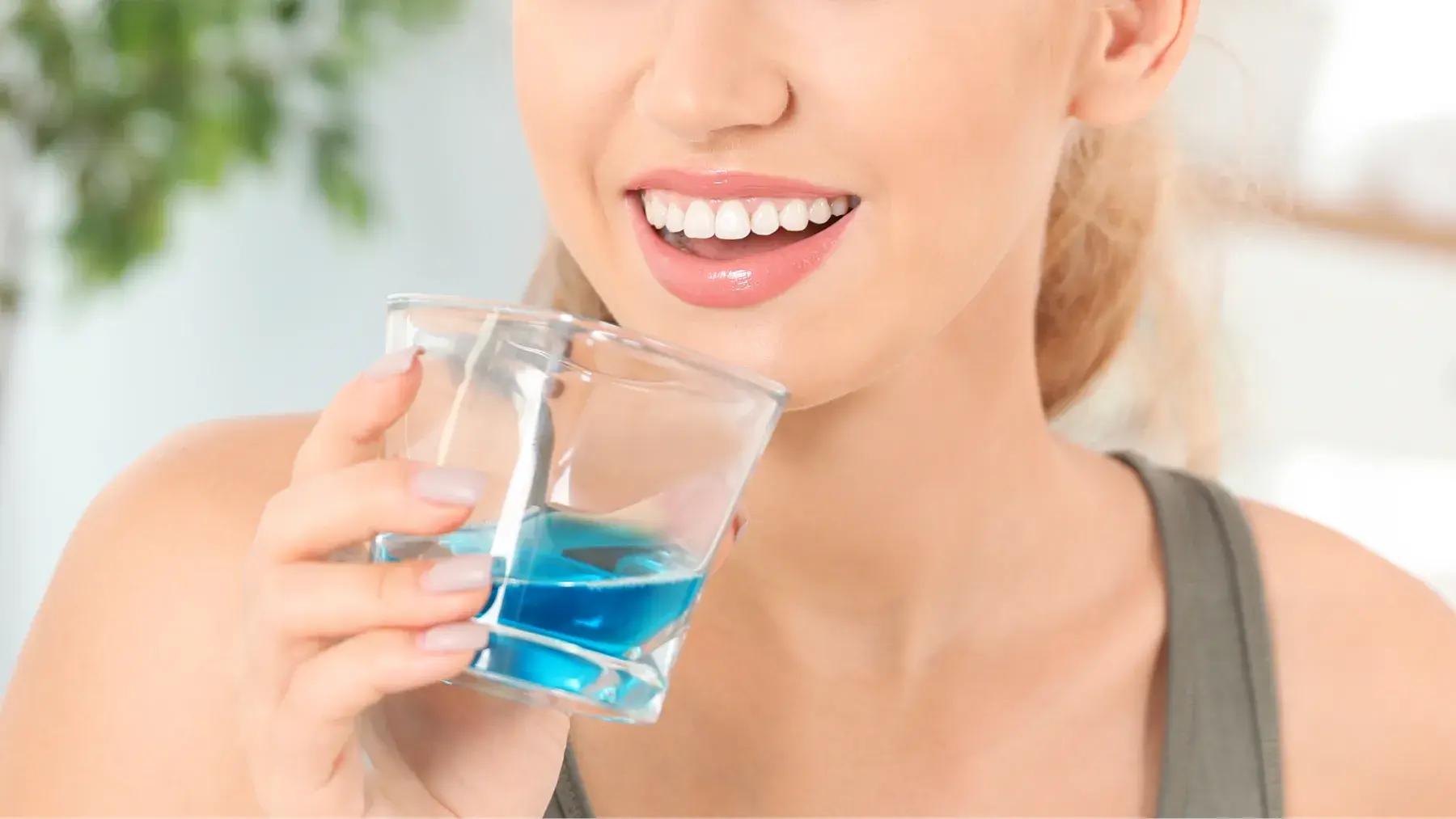Oil pulling is an ancient remedy that dates back thousands of years. Some believe this practice helps detoxify the mouth, remove bacteria, and whiten the teeth among other benefits.1 Recently, more research has been conducted on oil pulling for an oral hygiene routine but… The science is still out.
Here’s what we know:
Oil Pulling 101: What Is Oil Pulling and How Does It Work?
Oil pulling calls for the user to swish oil around in their mouth for anywhere from 5-20 minutes prior to brushing whereas OTC and cosmetic mouthrinses are most often recommended for use after brushing and flossing.2 3 When the oil loses viscosity, you discard it. A variety of different oils can be used for oil pulling such as sunflower, sesame and coconut oil.4 5
So, what are the benefits of oil pulling for teeth? Is it safe? Has it been proven? We have questions.
There Are Many Purported Oral Care Benefits of Oil Pulling.
Oil Pulling for Removing Bacteria
When an individual swishes coconut oil around their mouth for 10 minutes, the oil has been shown in a study to kill bacteria and act as an antimicrobial.6 Currently, there is no evidence that oil pulling reduces plaque and gingivitis.7 8
What Else Is There to Know?
Oil Pulling for Teeth Whitening
Even though there are claims that oil pulling can whiten one’s teeth, as of today, there are no well-controlled studies that show that oil pulling has a significant effect on whitening teeth.9 10
Oil Pulling for Cavities
Toothpastes and mouth rinses with fluoride have been proven to fight cavities.11 More research is needed to show that oil pulling fights cavities.12
Why This Matters to You
This age-old folk remedy has been included in people’s oral hygiene routines for thousands of years, but more thorough research is needed on the efficacy. A comprehensive and effective oral care routine includes brushing, flossing, and using an antiplaque/antigingivitic or anticaries mouthrinse.13 14
To learn more about what a healthy oral hygiene routine looks like and how you can support your oral health, read more here.
References
Utilization of Ayurveda in Health Care: An Approach for Prevention, Health Promotion, and Treatment of Disease. Part 1—Ayurveda, the Science of Life | The Journal of Alternative and Complementary Medicine (liebertpub.com)
Effectiveness of Oil Pulling for Improving Oral Health: A Meta-Analysis - PubMed (nih.gov)
Effect of coconut oil in plaque related gingivitis - A preliminary report - PubMed (nih.gov)
Oil pulling for maintaining oral hygiene – A review - PMC (nih.gov)
Effectiveness of Oil Pulling for Improving Oral Health: A Meta-Analysis - PubMed (nih.gov)
https://journals.sagepub.com/doi/pdf/10.1177/2229411220160104
Fluoride | MouthHealthy - Oral Health Information from the ADA
Oral Hygiene: Best Practices & Instructions for Good Routine (clevelandclinic.org)




